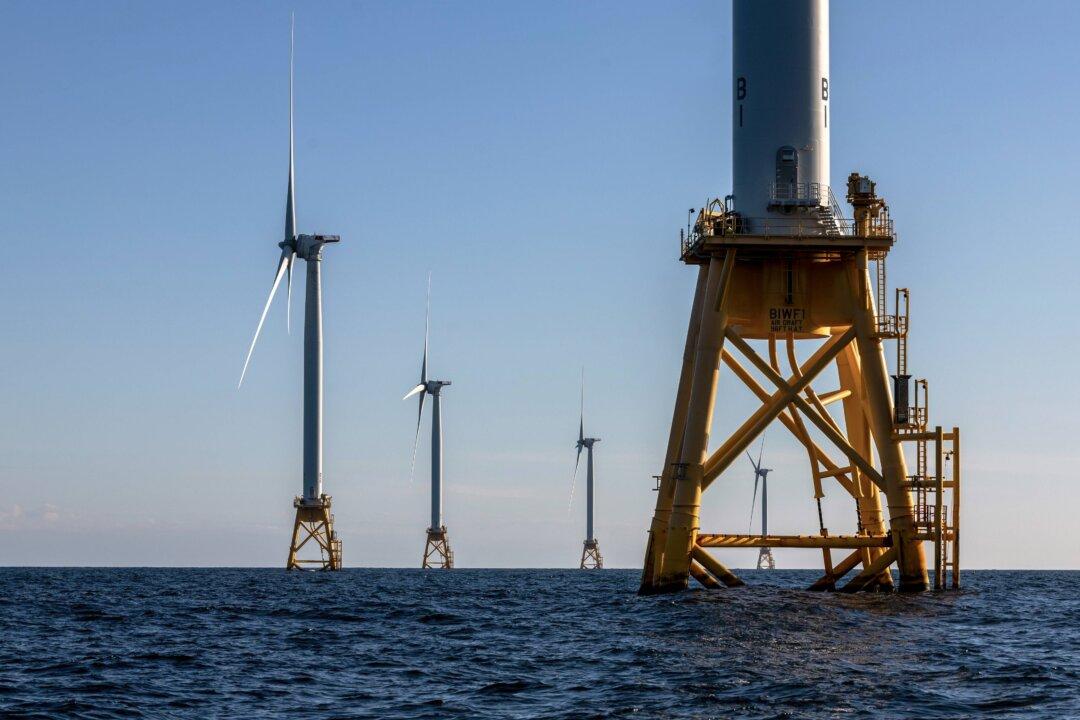Commentary
Offshore wind developer Ørsted has delayed its New Jersey Ocean Wind 1 project to 2026. Previously, the company had announced construction of the project would begin in October 2023. The delay was attributed to supply chain issues, higher interest rates, and a failure so far to garner enough tax credits from the federal government. For now, they are not walking away from all their U.S. projects but will reconsider long-term plans by the end of this year. Ørsted’s stock price has fallen 30 percent in 5 days. This is just the latest bad news for offshore wind.

